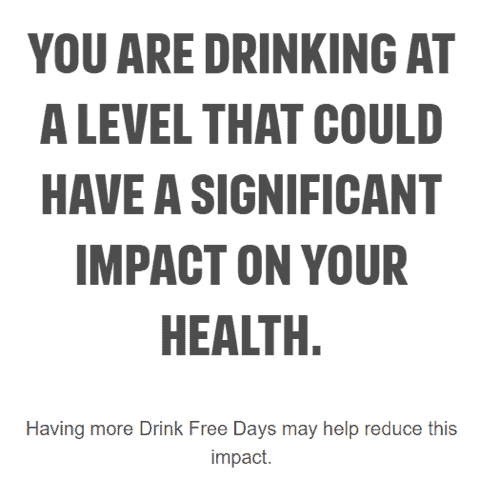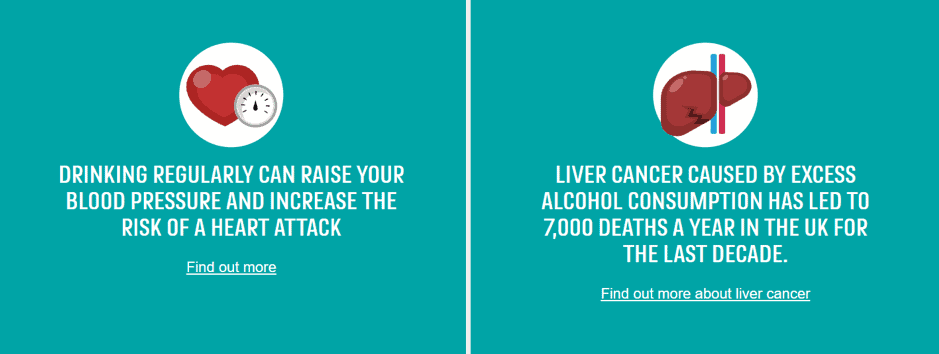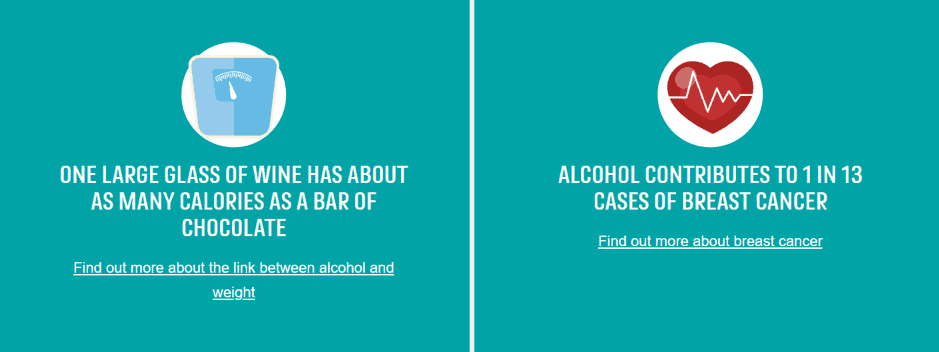
Last week, Public Health England, the body tasked with protecting and improving the nation’s health, caused something of a stir by announcing a new campaign aimed at helping people drinking over the current Chief Medical Officers’ guidelines to cut down. The aim of the ‘Drink Free Days’ campaign is fairly self-explanatory: to encourage people to have at least two drink free days a week. This seems like sound advice, indeed this recommendation is already included in the guidelines themselves, so why did this cause a kerfuffle that even made it onto the front pages?
The answer lies in the organisation with whom PHE chose to partner with to deliver the campaign and who are providing all of the funds for it – Drinkaware. Drinkaware describe themselves as ‘an independent UK-wide alcohol education charity, funded largely by voluntary and unrestricted donations from UK alcohol producers, retailers and supermarkets’. A little detective work suggests that over 90% of Drinkaware’s funding comes from organisations that could be described as part of the alcohol industry. We recently demonstrated the extent to which this presents a clear conflict of interest as the industry substantially relies on people drinking over the guidelines to support their revenue. There is also a huge body of research evidence showing that so-called ‘Corporate Social Responsibility’ actions by alcohol producers are likely to do more harm than good. This evidence includes PHE’s own review of the evidence around alcohol policies, which found that ‘the delivery of education messages by the alcohol industry has no significant public health benefits.’
In this light it is hardly surprising that many in the field of public health cried foul, including Professor Sir Ian Gilmore, chairman of the Alcohol Health Alliance, who resigned his position as co-chair of the PHE Alcohol Leadership Board in protest. PHE, however, held firm, with Chief Executive Duncan Selbie emphasising the fact that Drinkaware ‘are governed independently and we will be fiercely vigilant on this’. Professor John Newton, PHE’s head of Health Improvement also stated ‘PHE is steadfast in its ambition to reduce the harms that drinking too much alcohol can cause and we will work together with partners that speak to the evidence and share the same commitment’.
It is hard not to be concerned about the nature of this partnership, or the precedent that it sets for PHE’s potential future relationship with the alcohol industry, but sometimes it’s good to keep an open mind, so I thought I should have a look into the campaign itself.
The campaign has a website www.drinkfreedays.co.uk. When this was launched last week it referenced both PHE and Drinkaware, but at some point between then and now this seems to have been changed to remove any reference to PHE, which is a little odd.
 |

Spot the difference – banner on www.drinkfreedays.co.uk on the day of launch and now |
The website itself is basically just a unit calculator, albeit a nicely designed one, which asks you a few questions to establish your typical level of drinking, and a further question about how often you exceed eight units in a single drinking occasion if you’re a man and six if you’re a woman. If your drinking comes at as being within the current guidelines then you get a congratulatory message. Unless you report that you regularly exceed the single occasion guidelines, in which case you get the following:
 |
Which seems a slightly odd definition of ‘great news’, but let’s let that one slide for the moment. If your responses suggest that you regularly exceed the drinking guidelines then you are told that ‘Your drinking is putting your health at risk’ and offered a range of resources to help you reduce your drinking, including a dedicated Drink Free Days app. What you are not offered is any information about exactly what you are putting yourself at risk of, or to what extent. Which seems a little strange for a public health information campaign.
If your responses indicate that you are a high risk drinker (that’s over 50 units/week for men or 35 units/week for women) then you are greeted with a warning message:
 |
Men then get information about the link between drinking and high blood pressure and liver cancer (incidentally, the liver cancer figure quoted is wrong – total liver cancer mortality was 5,417 in 2016, with a recent study estimating that 7.1% of those deaths being attributable to alcohol) and the link takes you to a page about liver disease, not liver cancer).
 |
Women get a slightly different set of warnings – one linking wine to calories (I’ll leave it up to you to ponder why Drinkaware/PHE might think that only women should know about calories) and one about breast cancer.
 |
Overall, this seems a bit light on information about the health risks from drinking, particularly for the roughly 20% of UK drinkers who exceed the guidelines but are not drinking at high risk levels. This is surprising because both Duncan Selbie and Drinkaware’s Chief Executive Elaine Hindal highlighted the effects of alcohol on liver disease, heart disease, several different cancers and obesity when launching the campaign.
It turns out that Drinkaware’s own website also has a section devoted to the Drink Free Days campaign (www.drinkaware.co.uk/drink-free-days) – perhaps there is more information about the health impacts of drinking over the guidelines? Well, there is certainly more information – men are offered links to videos about the impact of drinking on blood pressure, weight, erectile dysfunction and liver disease – but nothing about those ‘several different cancers’ that Duncan Selbie sought to highlight. Women are offered videos about mental health and weight gain, but no mention of liver disease, even though it’s one of the top 5 causes of death for women of working age. There is a reference to breast cancer, but strangely it’s phrased as a question (‘Can alcohol cause breast cancer?’), when there is absolutely no ambiguity about the link in the scientific evidence.
Overall these resources aren’t terrible, but there are some very strange omissions. I am not a fan of the ‘no safe level’ message and I do think that it’s important to keep the absolute levels of risk of harm in mind when discussing the risks of drinking, something that often gets lost when talking about cancer. But, the resources that I’ve seen do not appear to match the statements set out by either PHE or Drinkaware. I don’t want to jump to conclusions, but if PHE and Drinkaware want to try and prove some of those who doubt the wisdom of their partnership wrong, this seems like a pretty poor way to go about it.
Written by Colin Angus, Research Fellow at the Sheffield Alcohol Research Group within The School of Health and Related Research.
All IAS Blogposts are published with the permission of the author. The views expressed are solely the author’s own and do not necessarily represent the views of the Institute of Alcohol Studies.
